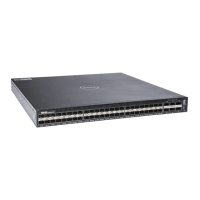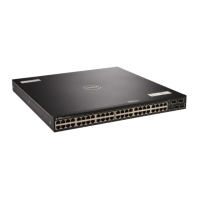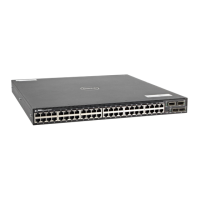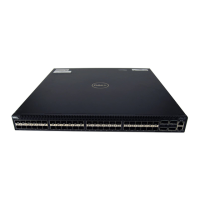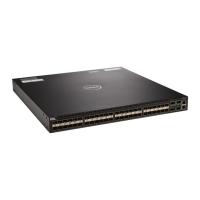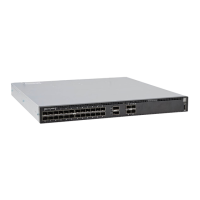System-Defined RBAC User Roles
By default, the Dell Networking OS provides 4 system defined user roles. You can create up to 8 additional
user roles.
NOTE: You cannot delete any system defined roles.
The system defined user roles are as follows:
• Network Operator (netoperator) - This user role has no privilege to modify any configuration on the
switch. You can access Exec mode (monitoring) to view the current configuration and status
information.
• Network Administrator (netadmin): This user role can configure, display, and debug the network
operations on the switch. You can access all of the commands that are available from the network
operator user role. This role does not have access to the commands that are available to the system
security administrator for cryptography operations, AAA, or the commands reserved solely for the
system administrator.
• Security Administrator (secadmin): This user role can control the security policy across the systems that
are within a domain or network topology. The security administrator commands include FIPS mode
enablement, password policies, inactivity timeouts, banner establishment, and cryptographic key
operations for secure access paths.
• System Administrator (sysadmin). This role has full access to all the commands in the system, exclusive
access to commands that manipulate the file system formatting, and access to the system shell. This
role can also create user IDs and user roles.
The following summarizes the modes that the predefined user roles can access.
Role Modes
netoperator
netadmin Exec Config Interface Router IP Route-map Protocol MAC
secadmin Exec Config Line
sysadmin Exec Config Interface Line Router IP Route-map Protocol MAC
User Roles
This section describes how to create a new user role and configure command permissions and contains the
following topics.
• Creating a New User Role
• Modifying Command Permissions for Roles
• Adding and Deleting Users from a Role
Creating a New User Role
Instead of using the system defined user roles, you can create a new user role that best matches your
organization. When you create a new user role, you can first inherit permissions from one of the system
Security 937
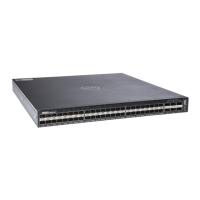
